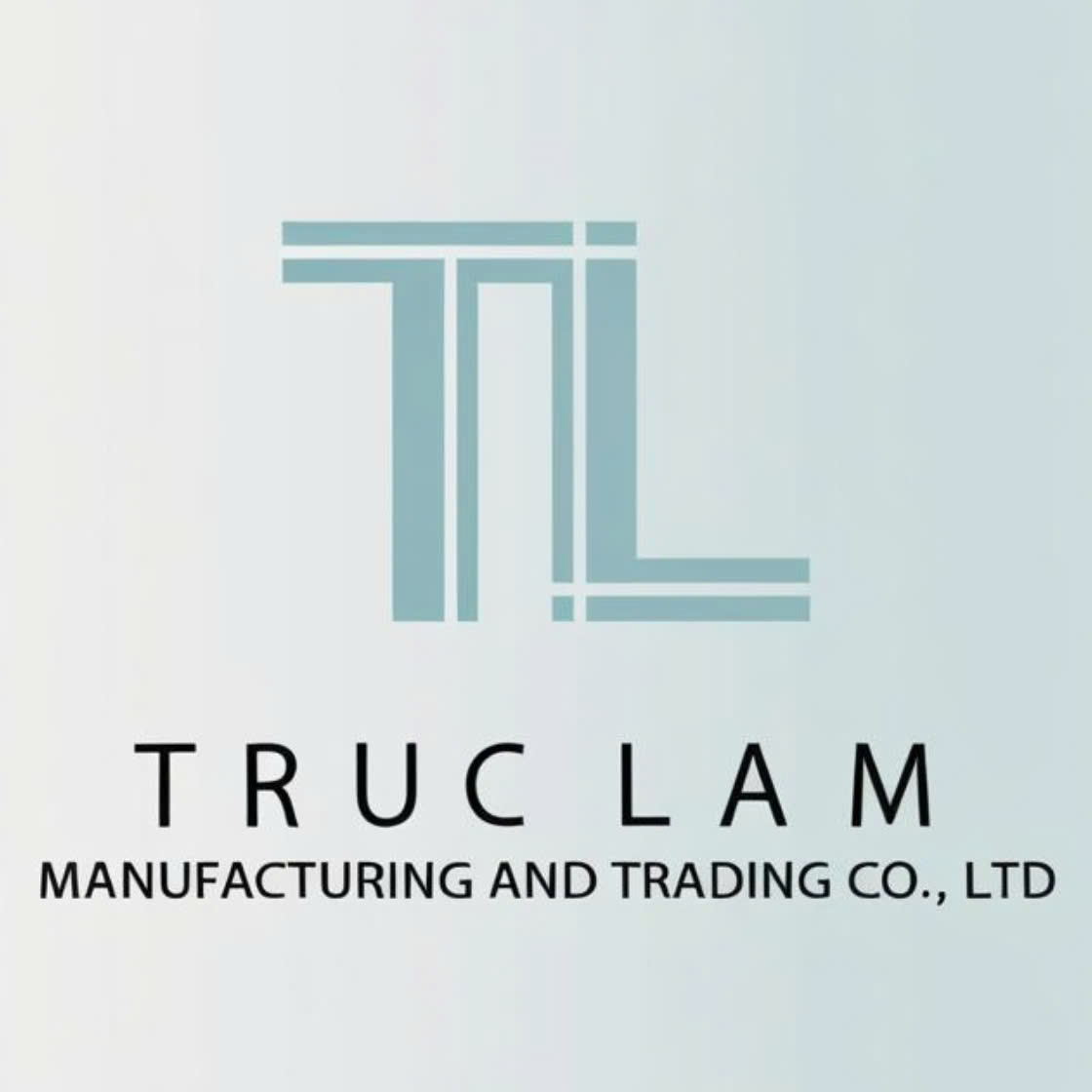Sheet metal fabrication projects typically begin with detailed shop drawings that include precise measurements. The process then moves through the fabrication phase and ends with the installation of the final product. Metal fabrication facilities are employed by contractors, original equipment manufacturers (OEMs), and value-added resellers (VARs). Traditional fabrication projects involve loose parts, structural frameworks for buildings and heavy equipment, as well as staircases and railings for commercial and residential structures. Effective design and proper machinery operation ensure consistency in production, making it possible to manufacture parts for industries such as aerospace, automotive, construction, civil engineering, and jewelry-making.
The products of fabrication are often referred to simply as fabrications. Businesses specializing in this kind of metalwork are known as fab shops. Although machine shops and fabrication shops have some overlapping capabilities, fab shops focus primarily on metal preparation and assembly. In contrast, machine shops specialize in cutting and shaping metal parts using machine tools. Many companies integrate both fabrication and machining services to offer comprehensive solutions.
Metalworking Specialties in Fabrication
Fabrication intersects with various metalworking disciplines:
- Ironworkers (Steel Erectors): Often work on fabrication, particularly in structural projects. Many structural fabrications begin as prefabricated components in fab shops before being transported to job sites for final assembly.
- Blacksmithing: Though historically distinct, blacksmithing has always involved fabrication, even if not labeled as such. Welders also create fabrications known as weldments.
- Boilermakers: Originally specialized in fabricating boilers, but today, the trade encompasses a broader range of fabrication projects.
For those new to the industry, you can explore our article: Which Metal is Used in Sheet Metal Manufacturing Jobs?
The Metal Fabrication Process
Metal fabrication involves creating metal structures through cutting, bending, and assembling processes. A professional metal fabrication company like Trúc Lâm utilizes a range of value-added processes, including welding, cutting, forming, and machining, all under one roof. Large-scale fab shops provide additional benefits to customers by reducing the need to engage multiple vendors for different fabrication services.
Metal Cutting
Cutting is performed using Computer Numerical Control (CNC) technology, including lasers, mills, torches, and water jets.
- Burn Tables: CNC cutting torches, often powered by natural gas, are widely used. Plasma and laser cutting tables, along with water jet cutters, are also common. Structural steel is typically loaded onto a table where it is cut based on precise configurations.
- Shearing: One of the most common methods of cutting metal.
- Band Saws & Abrasive Cut-off Saws: Designed for metal cutting, featuring hardened blades and even feed mechanisms.
- Cutting Torches: Allow for the efficient cutting of large steel sections with minimal effort.
Metal Bending
Bending is accomplished through hammering (manual or powered) or using press brakes and similar tools.
- Modern fabrication shops employ CNC-controlled press brakes to shape sheet metal with precision.
- Backgauges and Hard Stops: Used to position parts accurately for bending.
- Offline Programming Software: Streamlines CNC press brake operations, enhancing efficiency.
Final Assembly & Welding
Assembly involves joining metal components through welding, adhesives, riveting, threaded fasteners, or crimped seams.
- Structural steel and sheet metal serve as primary materials.
- Automation & Manual Labor: Both play a role in ensuring high-quality fabrication.
- Welding: A key aspect of steel fabrication, involving the precise joining of components.
- Stress Relief & Annealing: Some weldments undergo heat treatment to relieve residual stress.
- Warp Prevention Techniques: May include staggered welding, robust fixtures, sand covering during cooling, and post-weld straightening.
- Final Finishing: Weldments are often sandblasted, primed, and painted before delivery.
CNC Machining Services
Machining removes excess material from a metal block to achieve a desired shape. While machining is a separate trade, many fabrication shops offer limited machining capabilities, including:
- Metal Lathes, Mills, and Magnetic-Based Drills
- Portable Metalworking Tools
- Subtractive Manufacturing Processes
- Production of Engineering Components (Gears, Bolts, Screws, Nuts)
Metal Forming
Forming converts flat sheet metal into three-dimensional components. This process involves applying force without adding or removing material.
- Punching & Die Techniques: Used to manage shaping forces effectively.
- Machine-Based Forming: Can incorporate welding to create fabricated sheeting, commonly used in drainage grates and other industrial applications.
At Trúc Lâm, we are committed to delivering high-quality fabrication solutions that meet industry standards and customer expectations. Contact us today for custom metal fabrication services tailored to your needs.
